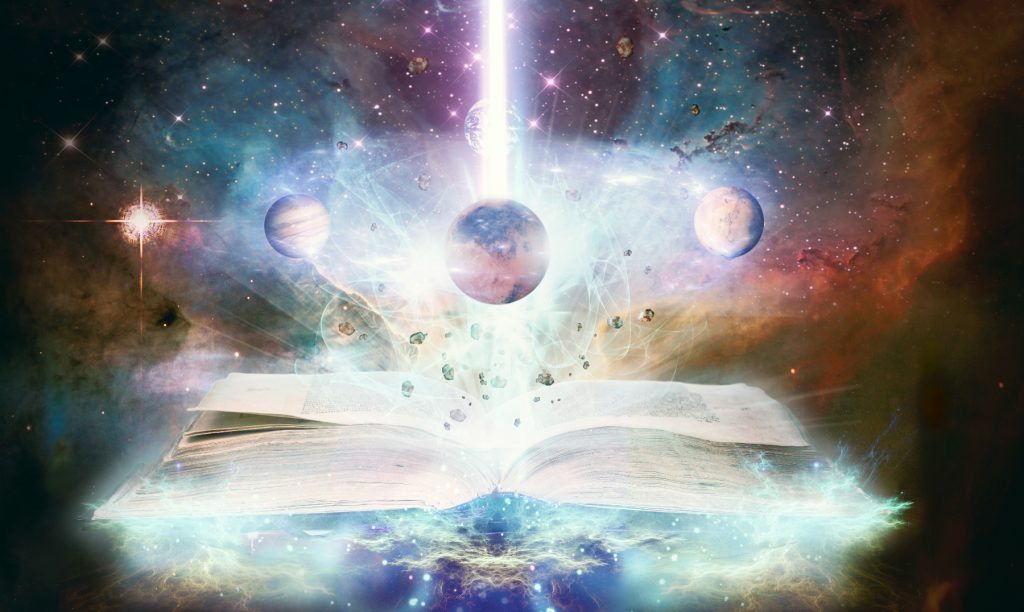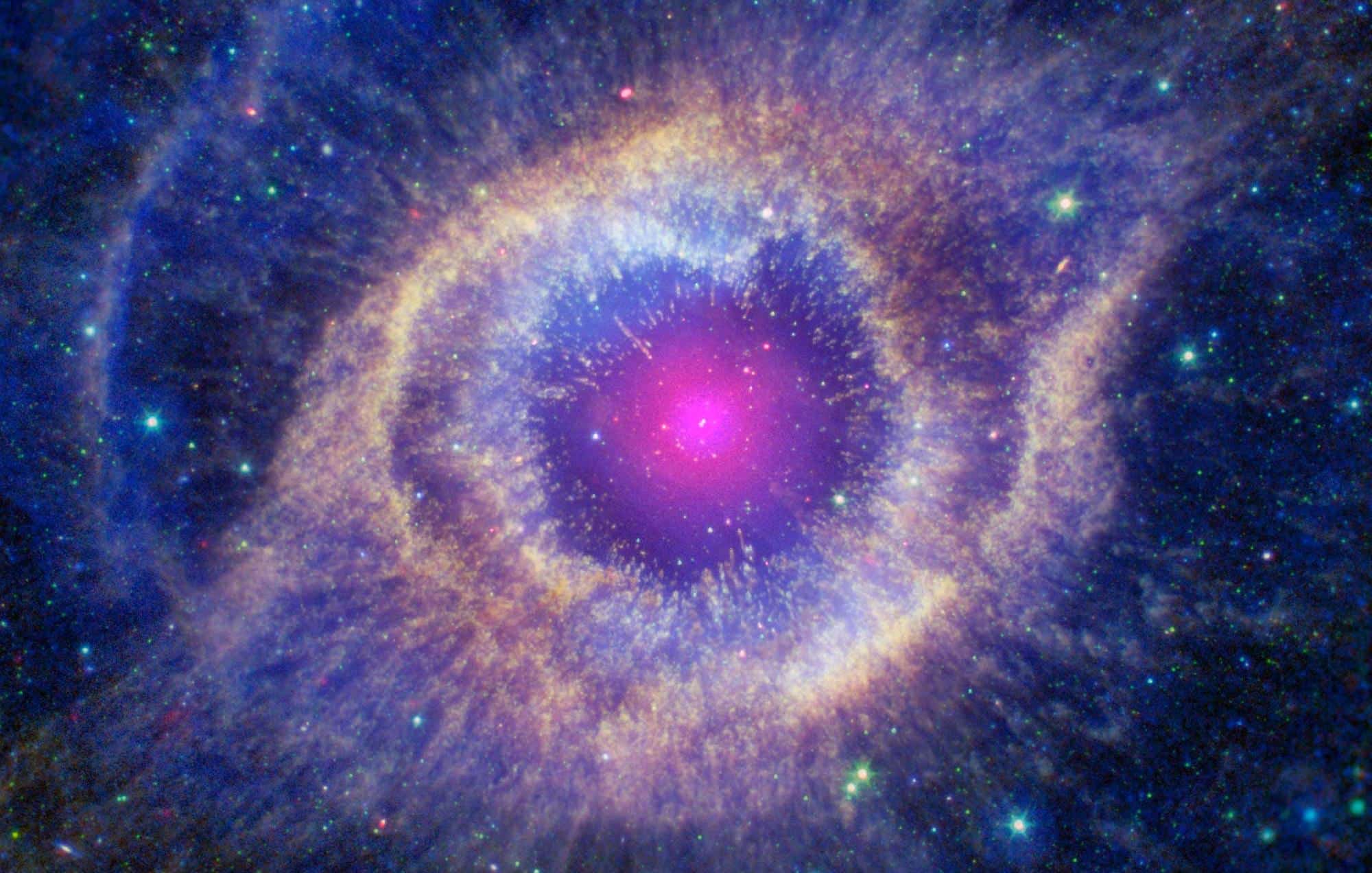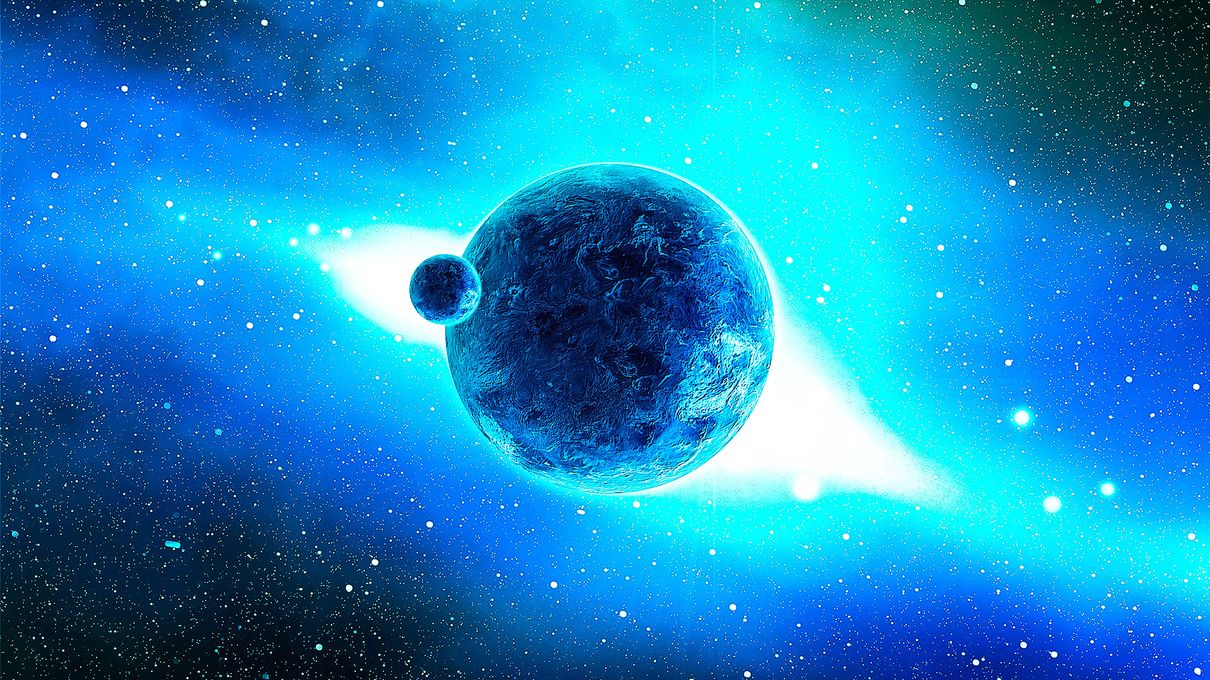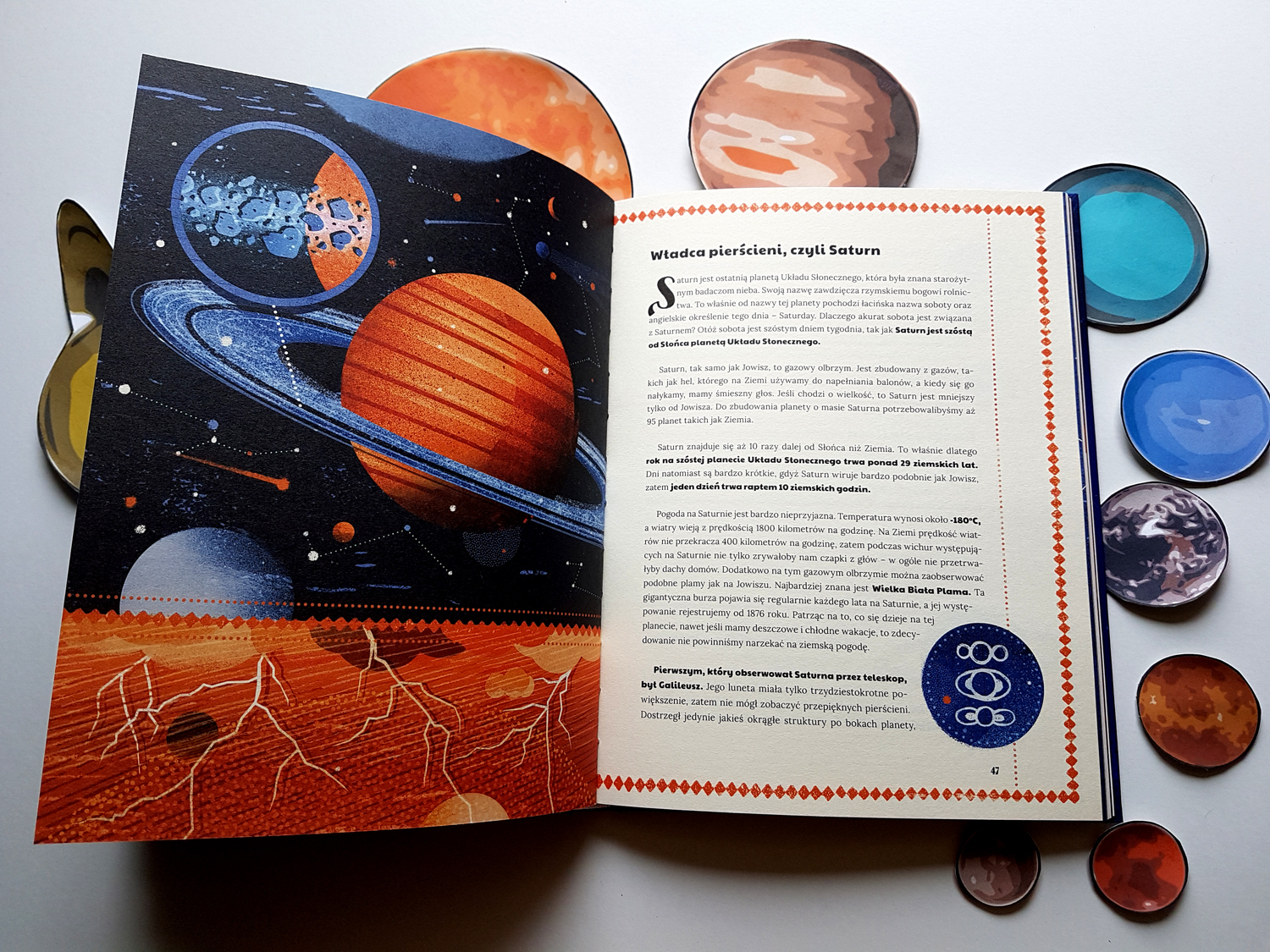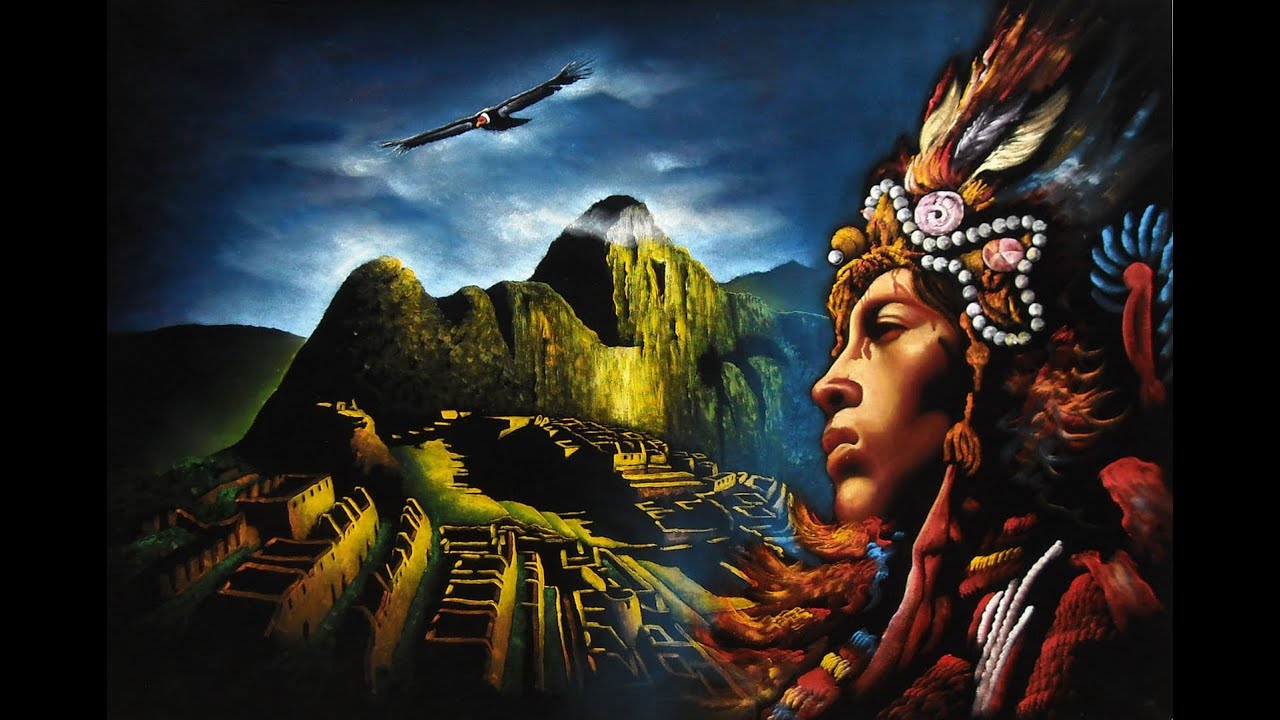The Incas, the largest empire in South America, were one of the civilizations of ancient Peru that most cultivated Inca astronomy. They were able to set the constellations, stars, the change of seasons, the agricultural calendar and much more.
The city of Machu Picchu, as well as other ancient citadels such as Pisac or Ollantaytambo, are geodesically aligned. Some of its most important buildings, like the ‘Intihuatana’, represented astronomical calendars. To this day it is possible to see these buildings on a visit to Cusco and Machupicchu.
The importance of astronomy to the Incas
For the Inca civilization, astronomy was very important mainly due to its use in religion and agriculture. The Incas could identify the solstices, equinoxes, changes of season to better identify the time of planting and harvesting.
During the Inca period, the urban distribution of the city of Cusco mimicked the constellations in the sky. Thus, the city had the shape of a puma, where the fortress of Sacsayhuaman was the head of the feline and the Coricancha temple, the tail.
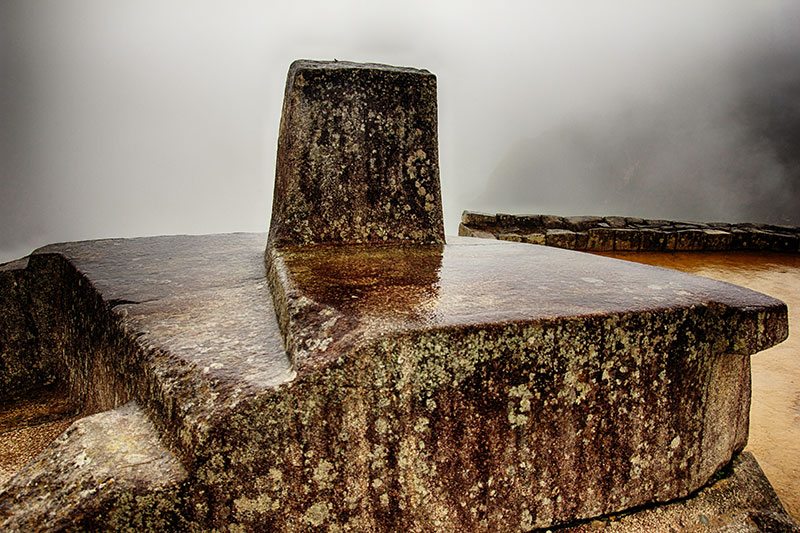
Finally, the Inca religion was based on Inca astronomy. The Inca pantheon was made up of the sun, moon, stars and much more. The Incas had a polytheistic religion. Their main gods were elements of the universe, such as the sun, moon, stars, etc. The Inca emperor was considered the son of the sun.
Other Inca gods were the earth, mountains, lagoon, lightning, river and other elements of nature. For them, the world was divided into the upper world or gods (Hanan pacha), the earthly or living world (Kay pacha) and the lower or dead world (Uku pacha).
Constellations identified by the Incas
When observing the stars, the Incas identified that the constellations resembled animals and things in their everyday life. Thus they believed that the god Wiracocha (god creator of the world) had given to each animal, bird and living being a corresponding star that protected it.
The Incas identified 2 types of constellations: the first formed by stars that, when connected, create images of animals and gods. The second type was formed by the dark spots of the milky way. These dark spots were considered to be animated constellations, which had life.
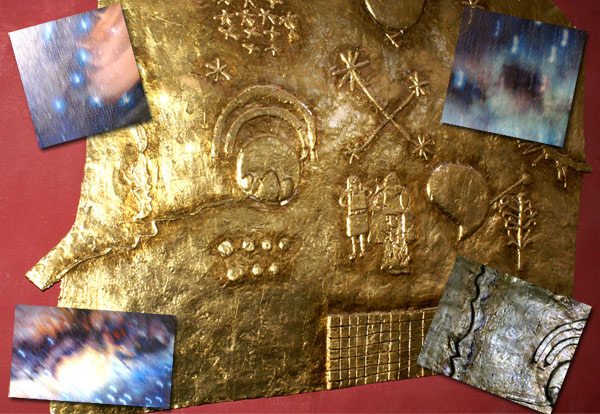
The milky way was considered an immense astral river, which was represented on earth by the river ‘Mayu’, which was the source of water for life. According to the Inca worldview, heaven and earth were connected.
The constellations identified by the Incas were:
- Mach’acuay: the serpent.
- Hanp’atu: the frog.
- Yutu: the partridge.
- Urcuchillay: the flame.
- Atoq: the fox.
- Chakana: the Southern Cross.
The Inca astronomy calendar
- Astronomical observation led the Incas to conceive of a solar year consisting of 12 periods, each with 30 days (3 weeks of 10 days). According to some chroniclers, the last day of this period was considered the ‘qhatu’ (market day) when goods could be exchanged.
- The beginning of the Inca year depended on each region of the empire. In the city of Cusco (capital of the empire or Tahuantinsuyo) the year began in August, a date that coincided with the beginning of agricultural activity.
The months of the Inca year were:
- Raymi (December): The great Easter of the Sun, the ‘Huarachicuy’ ceremony.
- Camay (January): Penances and fasts of the Incas.
- Jatunpucuy (February): Month of flowers in which sacrifices and offerings were made with huge amounts of gold and silver.
- Pachapucuy (March): Month of rain in which animals were sacrificed.
- Arihuaquis (April): Maize and potato maturation (main food of the Inca people).
- Jatuncusqui (May): Month of harvest.
- Aucaycusqui (June): Festival in honor of the sun god (Inti Raymi), coincides with the winter solstice.
- Chaguahuarquis (July): Month in which land distribution and preparation for planting took place.
- Yapaquis (August): Month of sowing.
- Coyaraymi (September): Festival in honor of Coya (queen), and to drive out evil spirits and diseases.
- Humaraymi (October): Time for the invocation of the rains.
- Ayamarca (November): Time to worship the dead.
Inca Astronomy Observatories
- The Incas built many astronomical observatories throughout their vast empire, which covered part of the present-day territories of Peru, Bolivia, Ecuador, Chile, Argentina and Colombia.
- Astronomical observatories were usually located in temples and on top of mountains. The proximity to the sky allowed the Incas to have a better view of the sky and, at the same time, to be close to their main gods: the sun, the moon, the stars, the mountains.
- For astronomical observation, whether for religious or agricultural purposes, the Incas used sundials (Intihuatana), water mirrors, viewpoints on top of mountains and much more.
- Some of the most famous Inca astronomical observatories are: the Machu Picchu mountain, the Huayna Picchu mountain, the Intihuatana of Machupicchu, the Intihuatana of Pisac and, recently discovered, the astronomical observatory on the site of Tambo de Huánuco Pampa (in the present department of Huanuco) .
Inca astronomy and agriculture
- The Incas made a practical investigation of the solar movement to better organize the planting and harvesting period.
- The Inca calendar was based on agriculture. Thus, the days were divided according to the observation of the sun and moon. Each month had its correspondence with sowing, harvesting, or other agricultural activity. For example, every winter equinox (when the sun is closest to the earth) the Incas celebrated their greatest religious festival, the Inti Raymi (festival of the sun).
- Thanks to astronomical observation (forecasting rains and droughts), the Incas achieved an important planting and harvesting system that supplied the entire empire. The main foods were: potato, mashua, oca, olluco, corn, sweet potato, beans, quinoa, etc.
Inca astronomy and religion
- The Inca religion was based on astronomy as it was closely linked to the stars in the sky. The main god of the Incas was the sun (Inti in the Quechua language). Likewise, they also worshiped the moon (Qilla), the stars (chaskas) and lightning (Illapa). According to their worldview, each element of the earth had its correspondence in the milky way.
- The Incas believed that the world of the gods was in the sky or firmament (the Hanan pacha). The other worlds were constituted by Kay pacha (earthly world) and by Uku pacha (the world below or of the dead).
- The main Inca religious temple, the Coricancha, had shrines to each of the gods, such as the sun, moon, stars, lightning, etc. From this temple, located in the center of Cusco, the axes or ‘ceques’ departed in a straight line. With astronomical observation, the Incas grouped these ‘ceques’ with the ‘huacas’ or most important religious sanctuaries throughout the empire.




